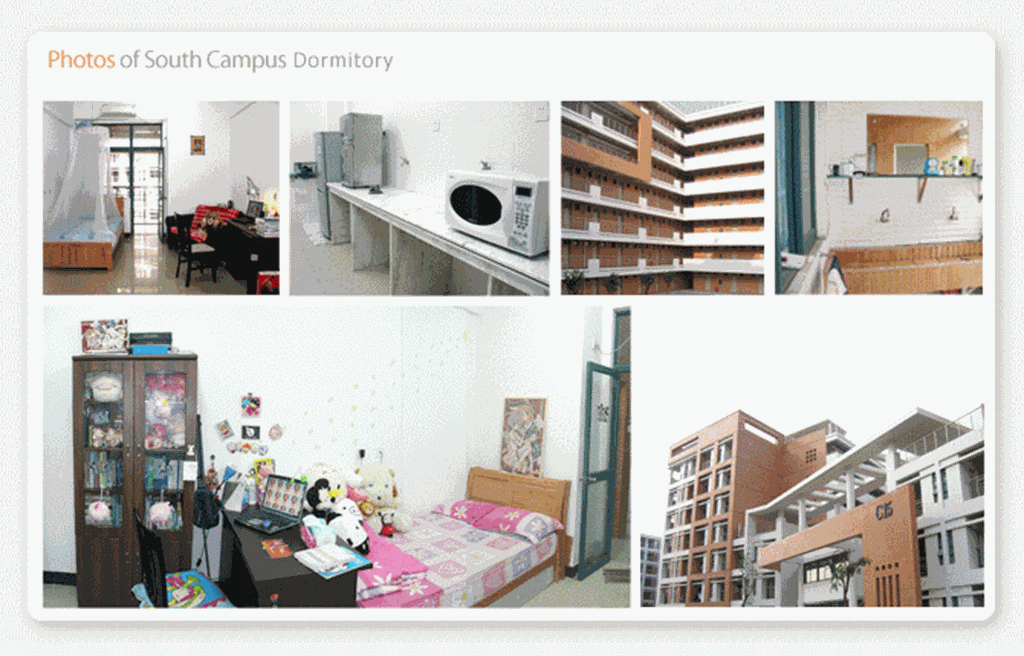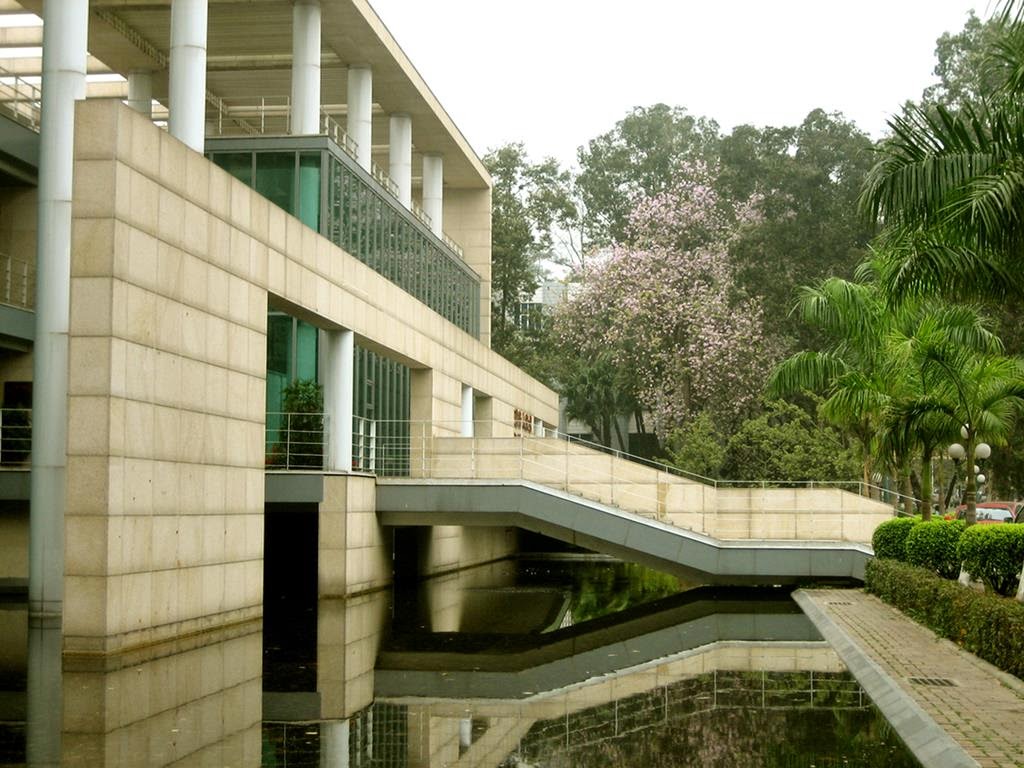1. In Beijing, China.
2. City God Temple Snack Street (Chenghuang Miao), Shanghai
The time-honored and largest snack street features the most famous restaurants and eateries in Shanghai.
It’s located in Huangpu district in the Chinese commercial center, an ideal dining place for those on a tight sightseeing schedule.
Specialties: Crab-Yellow Pastries, Fried Stuffed Buns…
Get there: Yuyuan Station, Subway Line 10
3. Muslim Street (Huimin Street), Xi’an, Shaanxi Province
Featuring a Muslim style of dining and surrounded by mosques, it’s one of the must-visit stops in Xi’an, northwest China’s Shaanxi Province.
Specialties: Traditional Xi’an foods, e.g. Steamed Glutinous Rice Cakes (with red dates inside)
Get there: Bell Tower (Zhonglou) bus station
4. Square (Sifang) Street, Lijiang, Yunan Province
A taste of rice noodles along this street might just help you find your soul mate.
Located in Lijiang Ancient Town, it’s a place with romantic connotations among the Chinese. The Ancient Town is one of the World Cultural Heritage sites in China.
Specialties: Rice noodles
Get there: A few minutes’ walk after arriving at Lijiang Ancient Town
5. Confucius Temple Area (Fuzi Miao), Nanjing, Jiangsu Province
Considered as a place to worship China’s great philosopher and educator, the Confucius, the area is also hailed as a food paradise with an ancient Chinese flavor.
The restaurants are situated along the Qinhuai river in Nanjing City.
Specialties: Local snacks including beef soup, pancakes, and all varieties of bean curd products
Get there: Fuzimiao (Confucius Temple) bus station
6. Zhongshan Road Walking Street, Xiamen, Fujian Province
Located in east China’s coastal Xiamen City (Western Taiwan Straits), it features flavors very similar to Taiwan snacks.
Specialties: Seafood and overwhelming varieties of Taiwan snacks
Get there:Zhongshan Road bus station
7. Firewood Courtyard (Pichai Yuan), Qingdao, Shandong Province
Moving northward along the country’s coastline, Pichai Yuan in Shandong Province is a decent place to visit for Chinese seafood in a multitude of different flavors.
Specialties: Barbecue, seafood
Get there: Walk to the seaside from Qingdao Railway Station
8. Hubu Alley (Hubu Xiang), Wuhan, Hubei Province
The best place to get a taste of central China’s street foods, spicy and rich.
Specialties: Hot dry noodles, a special noodle only found in Wuhan, and one of the most famous noodles across China
Get there: Yuemachang bus station
9. Jinli Ancient Street, Chengdu, Sichuan Province
Located in Chengdu, a city floating with leisurely ambience, and with a history stretching back to the Qin Dynasty (221 BC - 206 BC), Jinli was one of the busiest commercial areas in ancient China.
Specialties: Hot pot… and everything made with pepper. Make sure you can handle pepper … lots and lots of pepper.
Get there: It’s right next to Wuhou Temple
10. Zhongshan Snack Street, Nanning, Guangxi Zhuang Autonomous Region
From barbeque to fresh juices, from rice noodles to dim sum (Chinese cakes), it’s the favorite hang-out place for locals and also for those who want a taste of southern Chinese foods.
The street runs less than 100 meters in width, but it’s packed with over 200 restaurants.
Specialties: Local snacks such as taro cake, herb tea, peanut paste-powder. It is one of the best places to go if you are craving for something sweet.
Get there: Bus station of MinZuGongHeLuKou, near Wanda Plaza
Source - cctv news
Older post:




















































